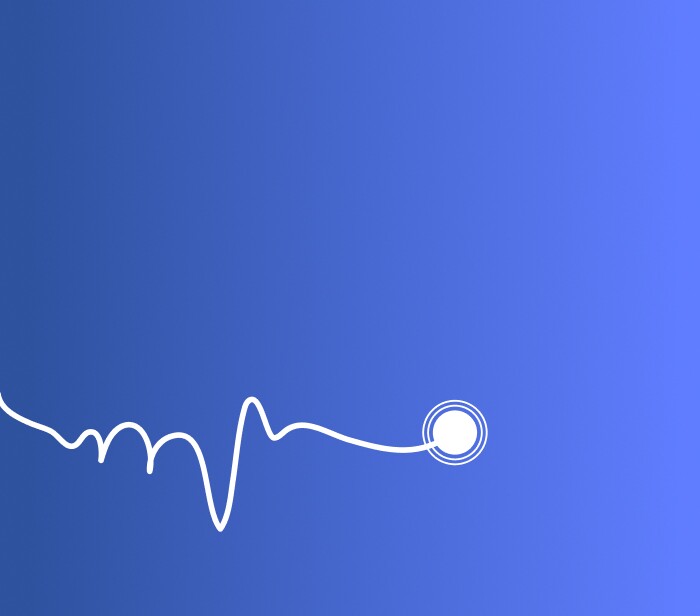Sigmoidoscopy is a gastro test done with a thin optic fiber, endoscope, and is named after the part it tests – the Sigmoid. The Sigmoid is connecting the lower intestine and the rectum and is, in fact, the last part of the large intestine. Examining it could aid in revealing various diseases or lesions, including benign and cancerous tumors.
Sigmoidoscopy, unlike colonoscopy, doesn’t examine the entire large intestine but only the Sigmoid, and therefore takes less time. In most cases, it takes around 15 minutes at most. The exam doesn’t even require sedation, like other gastro tests: it can sometimes be performed while fully conscious, since it doesn’t penetrate deeply into the intestine, and as mentioned, is relatively short.
The sigmoid exam will usually be performed due to different reports indicating a possible medical problem in the intestine: bloody stool, prolonged abdominal pain, a significant change in bowel movements (multiple diarrhea, constipation) and more.
It can also be a means for diagnosing infectious intestinal diseases and even used to remove lesions and perform a biopsy of the intestinal tissues.
General information about Sigmoidoscopy
As said, Sigmoidoscopy isn’t a “dramatic” test like others in the gastro field, which take a long time and require deep sedation. Sigmoidoscopy is short and although it can cause discomfort, it isn’t painful and many patients can have it without being under any anesthesia or sedation.
Another cause for certain discomfort during the test might be the inflation of the intestine with a special gas, to allow the doctor to get as clear an image as possible of the area during the test. That gas might cause great bloating sensation throughout the test and also sometime after it.
Sigmoidoscopy preparation
Although this is a relatively simply test, significant preparation is required.
About 24 hours before the test, you must switch to a special diet that includes mostly fluids (you’ll receive instructions from the medical staff about that). Likewise, laxatives must be taken a day before the test.
About 2 hours before the test begins, you’ll also be required to undergo enema to leave the examined area as clean as possible. In addition, a fast of several hours before the test will be necessary in most cases.
Course of action
Sigmoidoscopy is performed like a colonoscopy – through the anus, by inserting a thin optic fiber with a camera in the end. The camera transmits the image from the colon directly to the monitor in front of the doctor, so he could examine the Sigmoid closely.
Before the test begins, you’ll be asked to lie on your left side, with your knees bent towards the chest. As said, the test shouldn’t be painful, but could indeed be accompanied by certain discomfort. After about 15 minutes, it will usually be over.
The test can be used to diagnose various findings that cause the health problems we noted earlier. It can even aid in distinguishing between inflammatory diseases on the intestine (Crohn’s and ulcerative colitis), and in certain cases even provide the doctor an opportunity to remove polyps and tumors, and to take a biopsy from the intestine – a tissue sample – to be transferred for examination at a lab.
After the test, you’ll be asked to remain for supervision for half an hour, after which you could discharge and return to normal. It’s recommended to come to the hospital with the company of someone close, to drive home instead of you. While in the hospital and shortly after the test, you could eat and drink – without overburdening the digestive system.
side effects
There are very few side effects caused by Sigmoidoscopy. Sometimes, bleeding might occur due to the resection of a tumor of a polyp, and also after a biopsy, but they will stop after a short while.
A possible complication is puncturing of the intestine by the optic fiber, but the chances for that are tiny.
 Patients Log In
Patients Log In 










